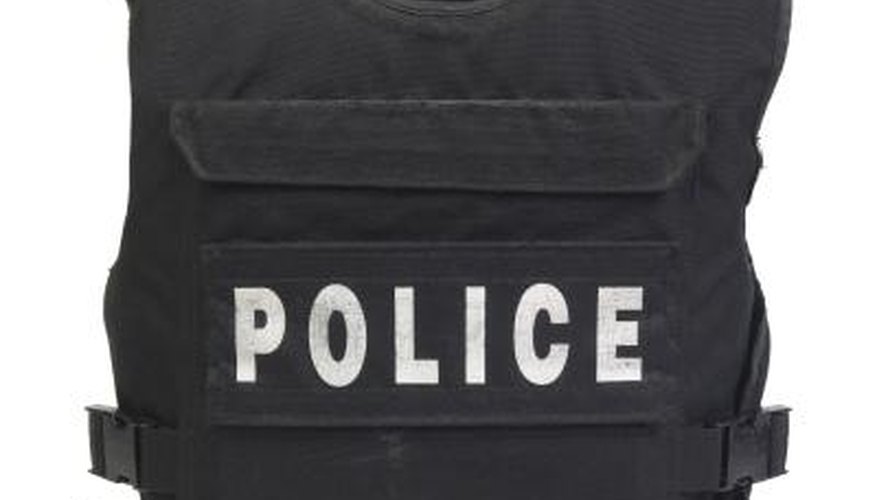Kevlar is a registered trademark of the American chemical company DuPont. It is part of the Aramid family of synthetic fibres, developed in 1965 and first used commercially in the 1970s as a replacement for steel in racing car tires. It has a high tensile strength-to-weight ratio which makes it five times stronger than an equivalent weight in steel. It is also extremely resistant to flames and corrosive chemicals. Kevlar is used in a host of products ranging from protective armour to ropes and cables. It has many pros, but it also has a few cons.
Moisture absorption
Kevlar fibres absorb moisture, so Kevlar composites are more sensitive to the environment than their equivalent glass or graphite composites. This moisture absorption can make Kevlar unsuitable for damp environments, although only prolonged exposure to moisture degrades Kevlar.
- Kevlar is a registered trademark of the American chemical company DuPont.
- This moisture absorption can make Kevlar unsuitable for damp environments, although only prolonged exposure to moisture degrades Kevlar.
Low compressive strength
Kevlar has very low compressive strength, (the measure of the maximum stress a material can sustain under crush loading), so it is recommended that any use of Kevlar in applications designed to carry bending or compression loads have high compressive strength carbon fibre incorporated into them to provide adequate stiffness.
Susceptibility to ultraviolet light
Kevlar absorbs ultraviolet light at a rapid rate and loses strength roughly twice as quickly in sunlight as polyester. This can lead to a drop in fibre properties over time. However it is possible to treat Kevlar with UV resistant coatings to prevent degradation of the material.
Difficulties of cutting Kevlar
Kevlar requires specialised tools to cut it including ceramic edged shears or even lasers. This raises the cost of production of Kevlar-based products.
